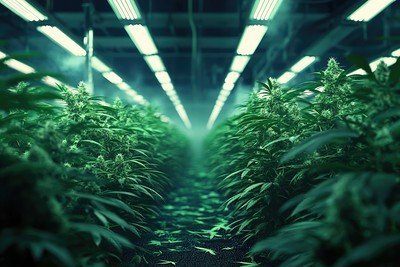Indoor cannabis cultivation in the United States now accounts for approximately 1% of the country’s electricity use. Researchers report that this sector emits more greenhouse gases than bitcoin mining and all other crops combined. This significant energy consumption is primarily due to the reliance on high-powered lights and climate control systems needed for indoor growth.
Experts estimate that the emissions from indoor cannabis farming are equivalent to those produced by 10 million cars annually. Despite the potential for outdoor production to cut emissions by 75%, challenges such as unpredictable weather, concerns over potency, and zoning restrictions hinder this shift.
Many indoor growers are beginning to adopt efficiency upgrades, including LED lighting and renewable energy credits, but these changes only lead to modest reductions in emissions. Evan Mills, an energy researcher, highlighted the urgency of this situation, stating, “It’s another looming energy issue. Cannabis right now is the dominant part. But if the proponents of indoor agriculture got their way, it would be overshadowed gradually by all these other crops.”
The growing prevalence of indoor cannabis farming poses a significant environmental concern as it runs almost entirely on artificial light and climate control systems. As cannabis legalization continues to spread, production is expanding into large warehouses, increasing the strain on the electricity grid and contributing to rising greenhouse gas emissions.
Currently, there is limited regulation in this area, and consumers often lack information about the carbon footprint of their cannabis products. Additionally, local opposition to outdoor farming and the industry’s preference for the consistency provided by indoor environments suggest that emissions from cannabis cultivation are likely to continue increasing. This trend raises broader environmental concerns about indoor agriculture’s impact on sustainability.



